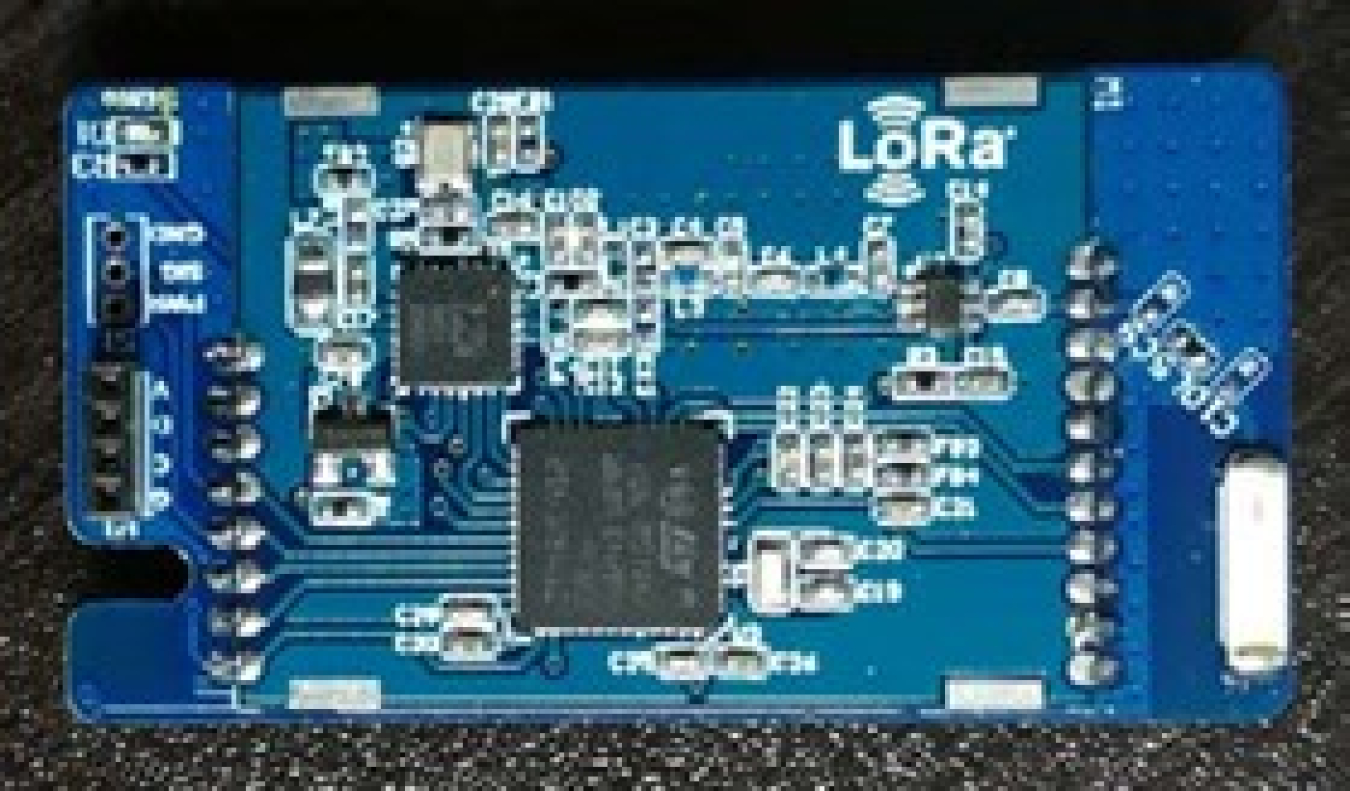PROJECT INFORMATION
Team: Texas A&M
Building Component: HVAC
Application: New Construction and Retrofit
Climate Zone: All

Heating, ventilating, and air conditioning (HVAC) is responsible for half of the energy consumption in residential buildings. Reducing HVAC energy consumption offers great potential to significantly reduce greenhouse gas pollution.
To address this issue, Texas A&M studied the Internet of Things (IoT)-based comfort control and fault diagnostics systems for energy-efficient homes. The system provides an occupant-comfort-oriented thermal environment and achieves HVAC energy savings. The system is cost-effective and scalable, by offering temperature, humidity, and airflow sensors, and a local hub that interfaces with the cloud and IoT devices.
Tested in a virtual environment, a fault library was created on top of the virtual testbed to define each fault and its systematic structure, as well as fault attributes. A fault modeling approach was also developed to include fault mapping, fault occurrence, fault combination, and fault sampling. Fault modeling was implemented using EnergyPlus™ to generate 3,000 fault models in 3,000 scenarios with a variety of faults.
This project also developed the framework for learning-based HVAC energy consumption, zone temperature, and occupant thermal comfort forecasting models.
Learn more about Building America's work.
RELATED PUBLICATIONS
Technical Report: IoT-Based Comfort Control and Fault Diagnostics System for Energy-Efficient Homes

